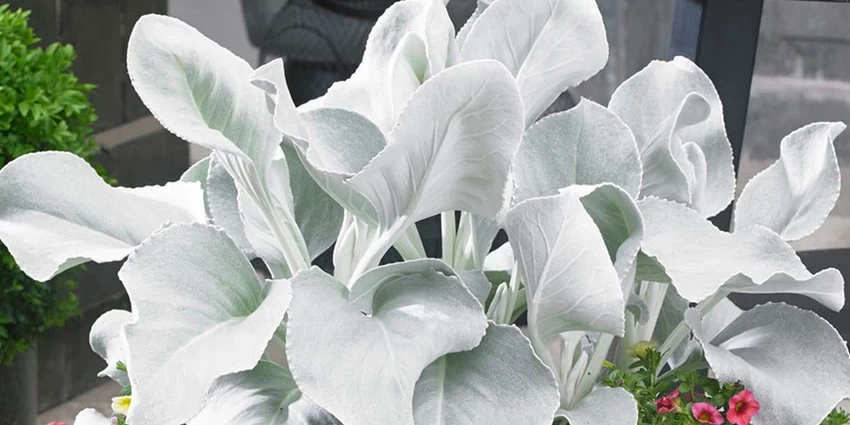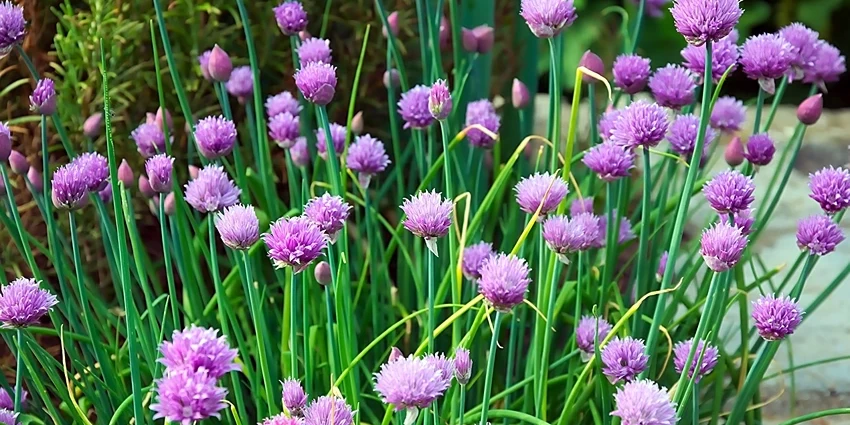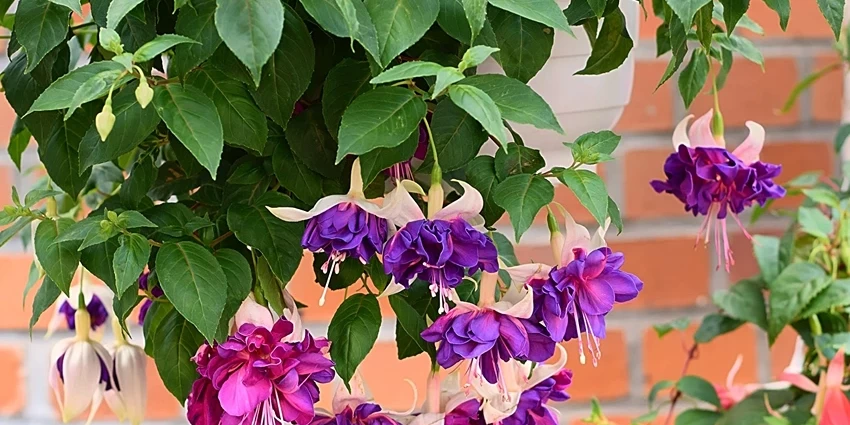All products were chosen independently by our editorial team. This review contains affiliate links and we may receive a commission for purchases made. Please read our affiliates FAQ page to find out more.
Home » How to » Grow Plants » How to grow Angel Wings plant
Angel Wings Plants have taken the houseplant world by storm and plant aficionados alike with their lush foliage and unique appearance. If you’ve been itching to add a touch of tropical elegance to your indoor space or garden, this article is your ticket to becoming a green thumb extraordinaire. No need for a green thumb to get started; we’ve got you covered with practical tips, personal anecdotes, and expert advice. Let’s dive in!
How to grow Angel Wings plant
To grow Angel Wings plants, plant in well-drained soil with filtered sunlight. Water moderately, allowing the soil to partially dry. Maintain warmth and humidity, especially indoors. In the UK climate, Angel Wings plants thrive as attractive houseplants, showcasing distinctive foliage with minimal care.
Register for our latest in-depth reviews and product round-ups from the experts.
Enter your email address below to receive our monthly review emails.
By entering your details, you are agreeing to our terms and conditions and privacy policy. You can unsubscribe at any time.
Now that we’ve set the stage, let’s embark on a journey to nurture and grow your own Angel Wings Plant.
Understanding the Angel Wings Plant
Angel Wings Plants (scientifically known as Caladium bicolor) are a visual feast for plant aficionados. Native to the Amazon rainforest, these tropical beauties are prized for their heart-shaped, strikingly patterned leaves. The juxtaposition of their lush, green foliage with intricate veins and bold colors makes them stand out in any plant collection.
Pro Tip: Angel Wings Plants are often compared to caladiums, but they are distinct. Be sure to get the right plant when shopping.
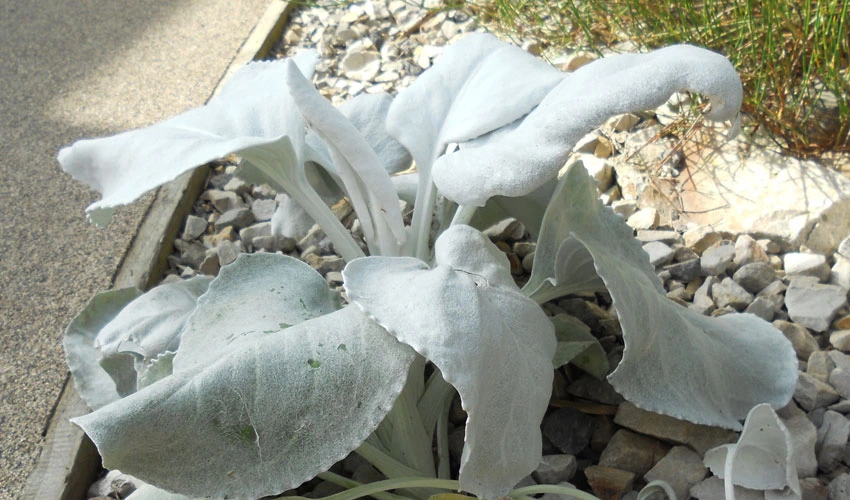
Selecting the Right Location
The first step to successful Angel Wings Plant care is finding the perfect spot for them to thrive. These plants are like us—they enjoy bright but indirect light. Here’s what you need to consider:
- Indoors: Place your Angel Wings Plant near a window with filtered sunlight.
- Outdoors: Opt for a location with dappled shade or indirect sunlight.
Fun Fact: Angel Wings Plants are natural show-offs and love being the center of attention, but not in direct sunlight.
Preparing the Soil
Creating the right environment for your Angel Wings Plant starts with the soil. Think of it as the foundation for their growth—a solid foundation means a sturdy plant. They prefer well-draining soil with organic matter.
| Soil Type | Characteristics |
| Well-Draining | Prevents waterlogged roots. |
| Enriched with Organic Matter | Provides essential nutrients. |
| Slightly Acidic pH | Mimics their natural habitat. |
Pro Tip: Mix peat moss or compost into the soil for that extra organic goodness.
Planting Your Angel Wings
Now that you’ve prepared the soil, it’s time to get your hands a bit dirty. Planting your Angel Wings is a breeze. Follow these steps:
- Potting: Choose a container with drainage holes and fill it with your prepared soil mixture.
- Transplanting: If you’re moving an established plant, gently remove it from its current pot and place it in the new one.
- Spacing: Plant multiple bulbs 8-12 inches apart to allow room for growth.
- Depth: Plant the bulbs about 2 inches deep with the pointed side facing up.
Fun Fact: Angel Wings Plants grow from bulbs, so it’s like you’re giving them their own cozy home.
Watering and Humidity
All know the importance of hydration, and so do Angel Wings Plants. Finding the right balance in watering is key to their happiness. Here’s the lowdown:
- Watering: Keep the soil consistently moist but not waterlogged. Water when the top inch of soil feels dry to the touch.
- Humidity: These plants thrive in higher humidity levels, so consider misting them regularly if you’re indoors.
Pro Tip: Invest in a humidity tray or a room humidifier for your indoor Angel Wings.
Fertilizing for Optimal Growth
Just like who need a balanced diet, Angel Wings Plants require regular feeding to flourish. Here’s the scoop on fertilizing:
- Fertilize: Feed your Angel Wings every 4-6 weeks during the growing season (spring to early fall) with a balanced, water-soluble fertilizer.
Table: Fertilization Schedule
| Month | Fertilization Frequency |
| Spring | Begin fertilizing |
| Summer | Fertilize every 4-6 weeks |
| Fall | Slow down fertilizing |
| Winter | Pause fertilization |
Fun Fact: Angel Wings Plants are light eaters but appreciate the occasional plant food treat.
Pruning and Maintenance
Maintaining your Angel Wings Plant is like grooming your own appearance. Regular care keeps them looking sharp and healthy. Here’s what you need to know:
- Pruning: Trim yellowing or damaged leaves to encourage new growth and maintain their attractive appearance.
- Maintenance: Check for pests, dust the leaves, and repot if the plant outgrows its container.
Advanced Tips for Enthusiasts
So, you’ve successfully raised your Angel Wings Plant to a healthy state, and now you’re ready for the next level of plant parenthood. Let’s explore some advanced tips to help your Angel Wings shine even brighter.
Shaping Your Plant
Much like styling your hair or curating your Instagram feed, shaping your Angel Wings Plant is an art form. These plants are incredibly versatile and can be trained to take on various forms. Get creative and try these shaping techniques:
- Topiary: Transform your Angel Wings into stunning topiaries by carefully pruning and shaping them into unique designs.
- Espalier: Train your plant to grow flat against a wall or trellis, creating a living work of art.
- Bonsai: Miniaturize your Angel Wings by pruning and wiring them into bonsai trees, perfect for small spaces.
Pro Tip: Use flexible garden wire or ties to gently guide your plant’s growth without causing damage.
Artistic Pruning
Pruning isn’t just about maintaining the health of your Angel Wings—it’s also a chance to express your artistic side. Consider these pruning techniques to add flair to your plant:
- Scalloping: Create scalloped edges on the leaves by removing small sections along the edges, giving your plant a playful look.
- Heart Shapes: Trim the leaves into heart shapes for a romantic touch.
- Variegated Patterns: Accentuate the unique leaf patterns by selectively trimming certain areas for a striking effect.
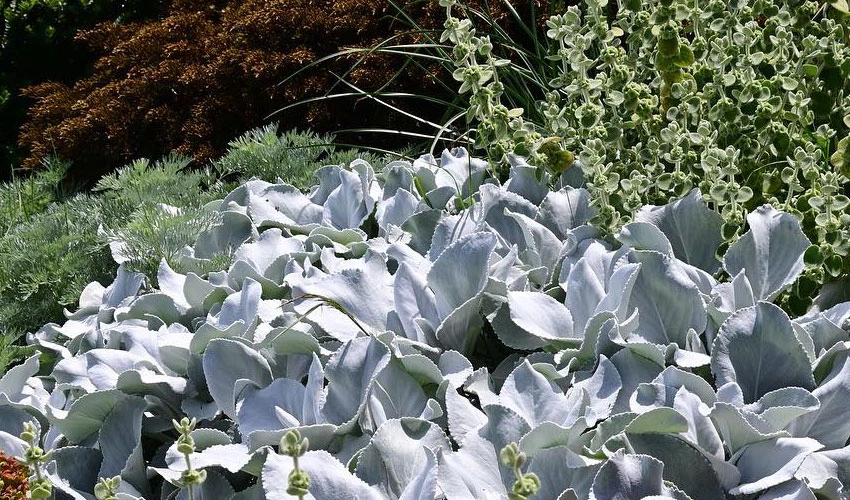
Table: Creative Pruning Techniques
| Technique | Description |
| Scalloping | Creates scalloped edges on the leaves. |
| Heart Shapes | Trims leaves into heart shapes. |
| Variegated Patterns | Accentuates unique leaf patterns. |
| Geometric Designs | Prunes into geometric shapes for a modern look. |
Hybrid Varieties
If you’re truly captivated by Angel Wings Plants, you might want to explore hybrid varieties. Hybridization has led to a wide range of colors, patterns, and sizes in Angel Wings. Some popular hybrid varieties include:
- Pink Beauty: Known for its stunning pink leaves with green edges.
- White Christmas: Features white leaves with green veins, resembling a snowy landscape.
- Gingerland: Exhibits a fiery mix of red, pink, and green hues.
Pro Tip: Research and find hybrid varieties that resonate with your personal style and space.
Propagation Techniques
As a plant parent, you might want to share the joy of Angel Wings with friends and family. Propagating these plants is an excellent way to do just that. Here are three propagation methods to consider:
Division
Division is a simple and effective way to multiply your Angel Wings Plants. Follow these steps:
- Carefully remove the plant from its pot.
- Gently separate the bulbs or tubers, ensuring each division has at least one healthy bulb.
- Plant the divisions in separate containers or directly in the garden.
Bulb Cuttings
Using bulb cuttings is another quick method for propagation:
- Remove a bulb from the parent plant.
- Cut the bulb into sections, ensuring each section has a portion of the bulb with an eye.
- Plant the sections in soil with the eyes facing up.
Leaf Cuttings
Leaf cuttings are suitable for creating new Angel Wings Plants with unique patterns:
- Select a healthy leaf with a good portion of the stem attached.
- Cut the leaf into sections, ensuring each section has a stem.
- Plant the sections in soil, burying the stem part.
Table: Propagation Methods
| Method | Suitability | Difficulty Level |
| Division | Suitable for established plants. | Easy |
| Bulb Cuttings | Quick propagation method. | Moderate |
| Leaf Cuttings | Creates unique patterned plants. | Moderate |
Common Pests and Diseases
As a responsible plant parent, it’s essential to be vigilant against common pests and diseases that can affect your Angel Wings Plants. Here are some potential threats and how to deal with them:
| Pest/Disease | Symptoms | Treatment |
| Aphids | Sticky residue on leaves, curled leaves | Remove with a gentle spray of soapy water. |
| Spider Mites | Tiny webs, stippling on leaves | Rinse leaves and increase humidity. |
| Fungal Diseases | Yellowing leaves, brown spots | Use a fungicide and improve air circulation. |
Pro Tip: Regularly inspect your plants for signs of pests and diseases to catch and treat issues early.
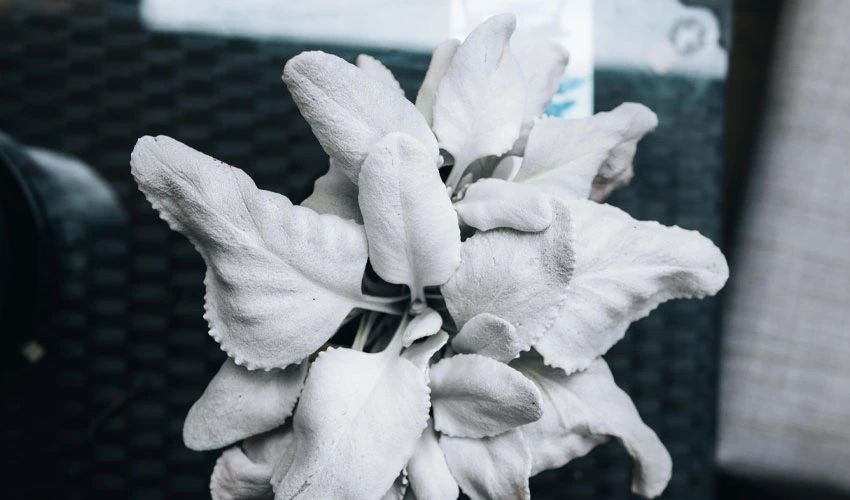
Frequently Asked Questions (FAQs)
You’ve got questions, and we’ve got answers. Here are some frequently asked questions about Angel Wings Plants:
Water when the top inch of soil feels dry to the touch, typically every 1-2 weeks.
Yes, as long as you provide them with dappled shade and well-draining soil.
Yes, Angel Wings Plants are toxic if ingested, so keep them out of reach of pets.
Yellowing leaves can indicate overwatering. Allow the soil to dry out between waterings.
Eleanor is the quintessential spirit of the British gardener — passionate, dedicated, and endlessly curious about the natural world. Born and raised amidst the verdant landscapes of the Cotswolds, she developed an early love for the outdoors, often spending hours in the family garden with her hands buried in the soil, nurturing every type of plant she could find.


